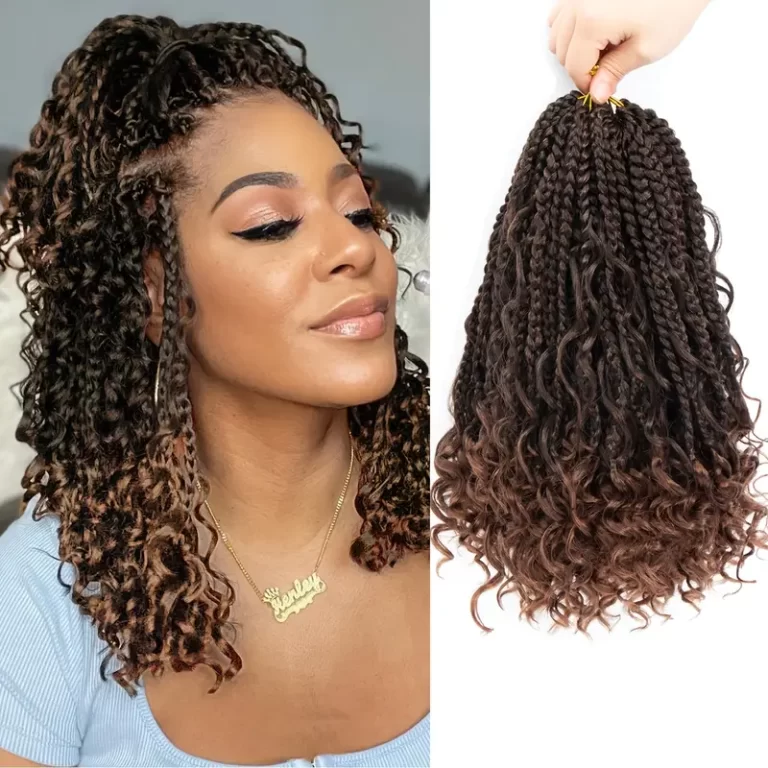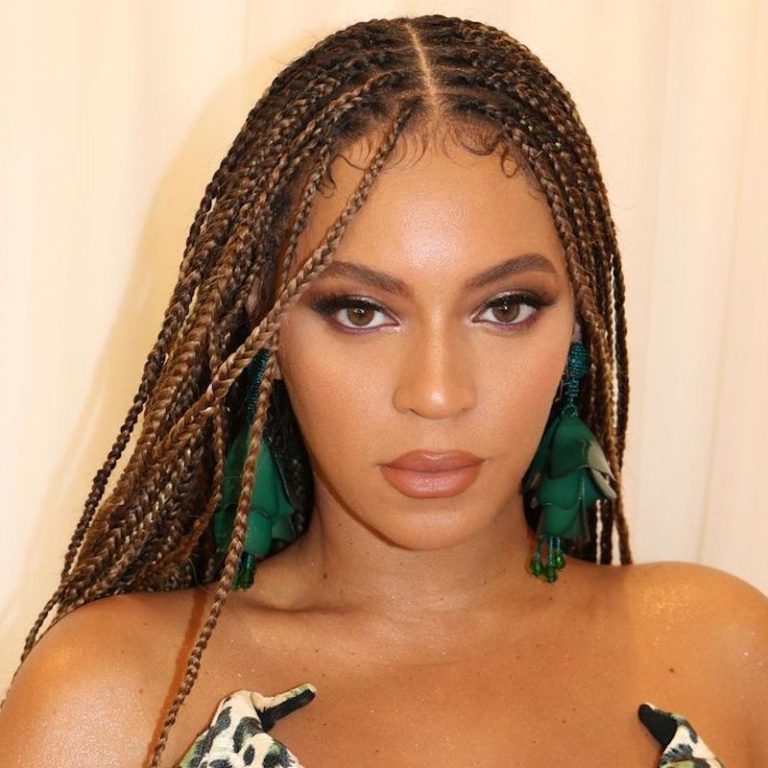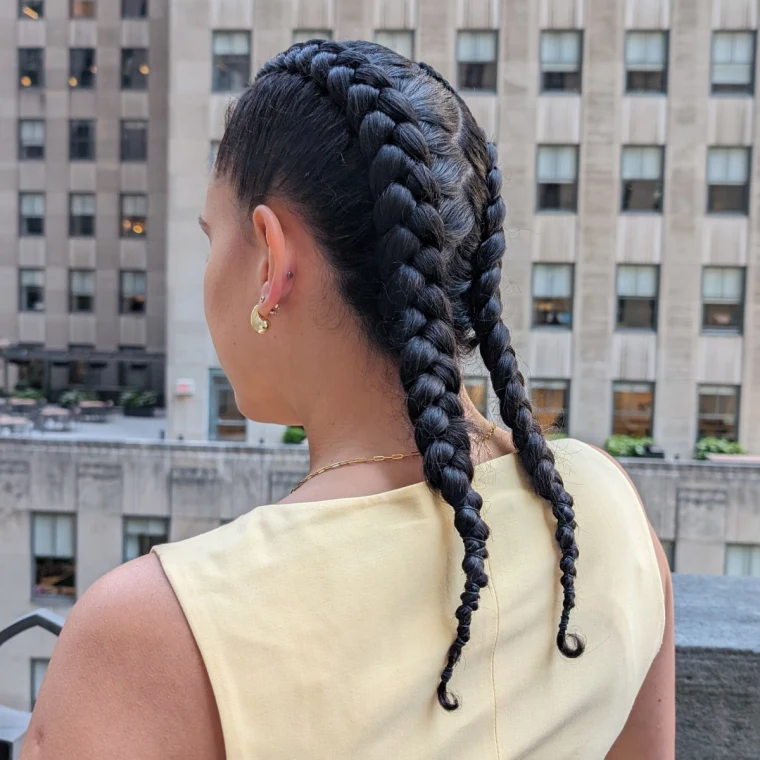
Unlocking the Beauty of Feed-In Braids: A Complete Guide
Introduction to Feed-In Braids
Feed-in braids offer a seamless and elegant look that blends extensions with natural hair. They begin with a small, natural braid and slowly integrate hair extensions for a fuller appearance. Unlike traditional cornrows, feed-in braids start delicate at the root and gradually widen, offering a more natural and less bulky look. They are less invasive on the scalp, reducing strain and possible discomfort.
This discreet addition of hair creates the illusion of longer, thicker braids that seem to effortlessly extend from the scalp. Feed-in braids can be a great choice for those seeking a protective style that promotes hair growth without sacrificing style. The technique is versatile, allowing for various patterns and sizes to suit personal preferences and face shapes.
Feed-in braids are not just about aesthetics; they encapsulate a rich cultural heritage. Evolving from traditional African methods, they’ve become a modern staple in the hair fashion world. This intricate braiding technique is not only a testament to the stylist’s skill but also offers the wearer a range of styling options, from bold statement looks to subtle, everyday styles.
In summary, feed-in braids present an advanced braiding option that protects your hair while allowing for creative expression through varied styles and designs.
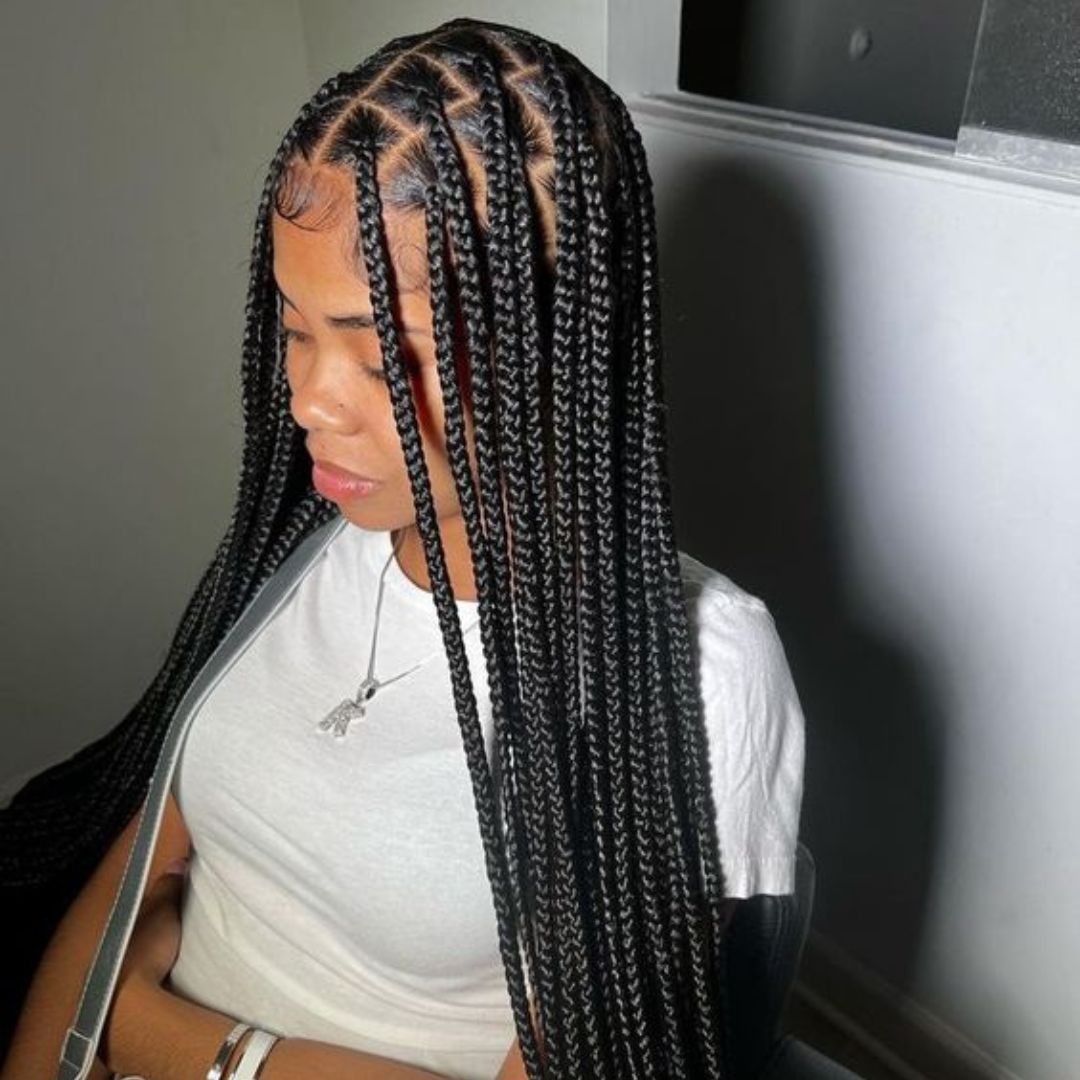
Benefits of Opting for Feed-In Braids
Feed-in braids offer notable advantages for those looking to enhance their hair’s health while sporting a chic style. Below we explore the benefits that make feed-in braids an attractive option for many.
Protective Styling and Hair Growth
One of the top benefits of feed-in braids is their ability to protect natural hair. Tightly woven strands keep hair secure and reduce exposure to environmental stressors. This protective quality helps prevent breakage, promoting stronger hair. Moreover, since hair is kept in a consistent state of gentle tension, it tends to experience less friction. This leads to healthier hair growth over time. Feed-in braids thus serve as a stylish way to encourage length and strength in hair.
Comfort and Reduced Scalp Strain
Comfort is key with feed-in braids. The technique is designed to apply less stress to the scalp than traditional braiding methods. Instead of starting with a tight and heavy base, these braids begin with your own hair and gradually add extensions. This minimizes the pull on hair roots, offering a more comfortable experience. People with sensitive scalps or those who are new to braided styles often find feed-in braids to be a tolerable alternative. This gentler approach not only enhances comfort but also contributes to the overall health of the scalp, making the style a perfect blend of beauty and ease.
The Feed-In Braiding Technique
Feed-in braiding stands out with its unique start and integration of extensions. Unlike usual braids where extensions are added at the outset, feed-in braids begin solely with your own hair. This method ensures a light base which gradually becomes fuller as more synthetic hair blends in. This creates a natural progression that mimics the way hair grows from the scalp. As the braid develops, small amounts of extension hair are added. These feed into each braid, causing less tension and weight on your natural hair.
The technique calls for precision and skill, allowing for sleek and smooth braids that lie flat against the scalp. Vision and dexterity are key, as a stylist balances the natural hair with the extensions. With feed-in braids, there is an emphasis on a progressive increase in braid size. This results in a polished, refined look that’s both comfortable and stylish.
How It Differs from Traditional Cornrows
Feed-in braids and traditional cornrows may seem similar, but they differ significantly. Traditional cornrows are often a bit bulkier at the root, where extensions are attached right from the beginning. They maintain a consistent braid size from start to finish. Oftentimes, traditional cornrows can place more pressure on the scalp which can cause discomfort.
In contrast, feed-in braids start with a thin braid that gradually widens. This easing into thickness reduces strain on the scalp and presents a more natural look. It’s harder to tell where your hair ends and the extensions begin. This blending is the hallmark of the feed-in technique. Feed-in braids leave a lighter touch on your hair and scalp, making them ideal for those after comfort as well as style.
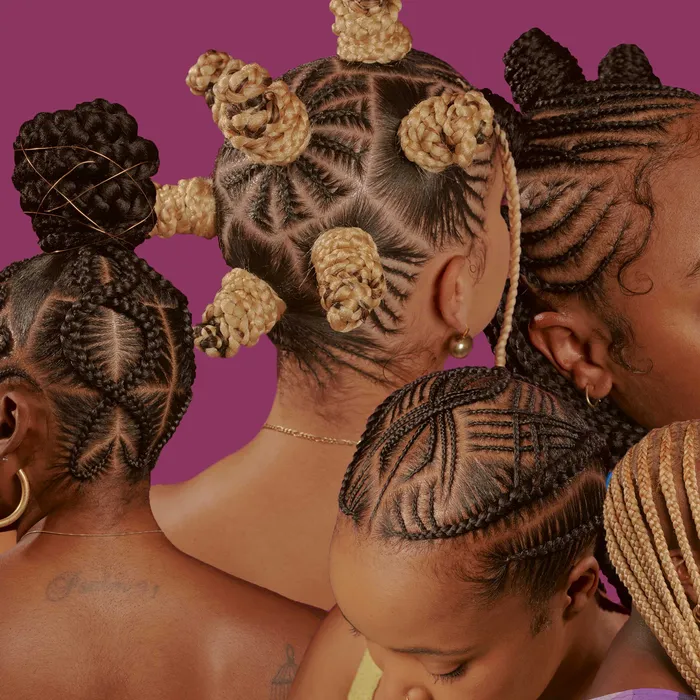
Choosing the Right Feed-In Braid Style for You
When selecting a feed-in braid style, personalization is key. Your hair type and scalp sensitivity play a significant role in deciding which style will work best for you. Understanding these factors ensures a comfortable experience with your chosen hairstyle.
Assessing Your Hair Type and Scalp Sensitivity
First, consider your hair’s texture and strength. Coarse, thick hair can handle larger braids, while fine or damaged hair might suit smaller, gentler braids better. Always factor in scalp sensitivity too. If you have a sensitive scalp, inform your stylist. They can adjust the braid tension to reduce discomfort.
Considering Length and Thickness Variations
Next, think about braid length and thickness. Feed-in braids offer flexibility in both. You can opt for waist-length braids for a dramatic look or keep it shorter for ease of maintenance. The thickness of the braids can also alter the look dramatically. Thicker braids make a bold statement, while thinner ones give a more understated appearance. Your stylist can help tailor the style to match your desired look and lifestyle needs.
Maintenance of Feed-In Braids
Maintaining feed-in braids is crucial for their longevity and your hair’s health. Proper care ensures that your braids stay neat and your scalp remains healthy. Here’s how to take care of your feed-in braids on a daily basis as well as some tips for washing and conditioning.
Daily Care and Nighttime Routine
Daily maintenance of feed-in braids includes a few simple steps:
- Use a light oil or spray to moisturize your scalp to prevent dryness.
- Apply a braid spray or mousse to keep the braids sleek and frizz-free.
- Tie your hair with a silk scarf or sleep on a satin pillowcase to reduce friction.
These steps help to maintain the braids’ neat appearance and prevent hair breakage. Remember, less manipulation of your braids will help to keep them intact for a longer period.
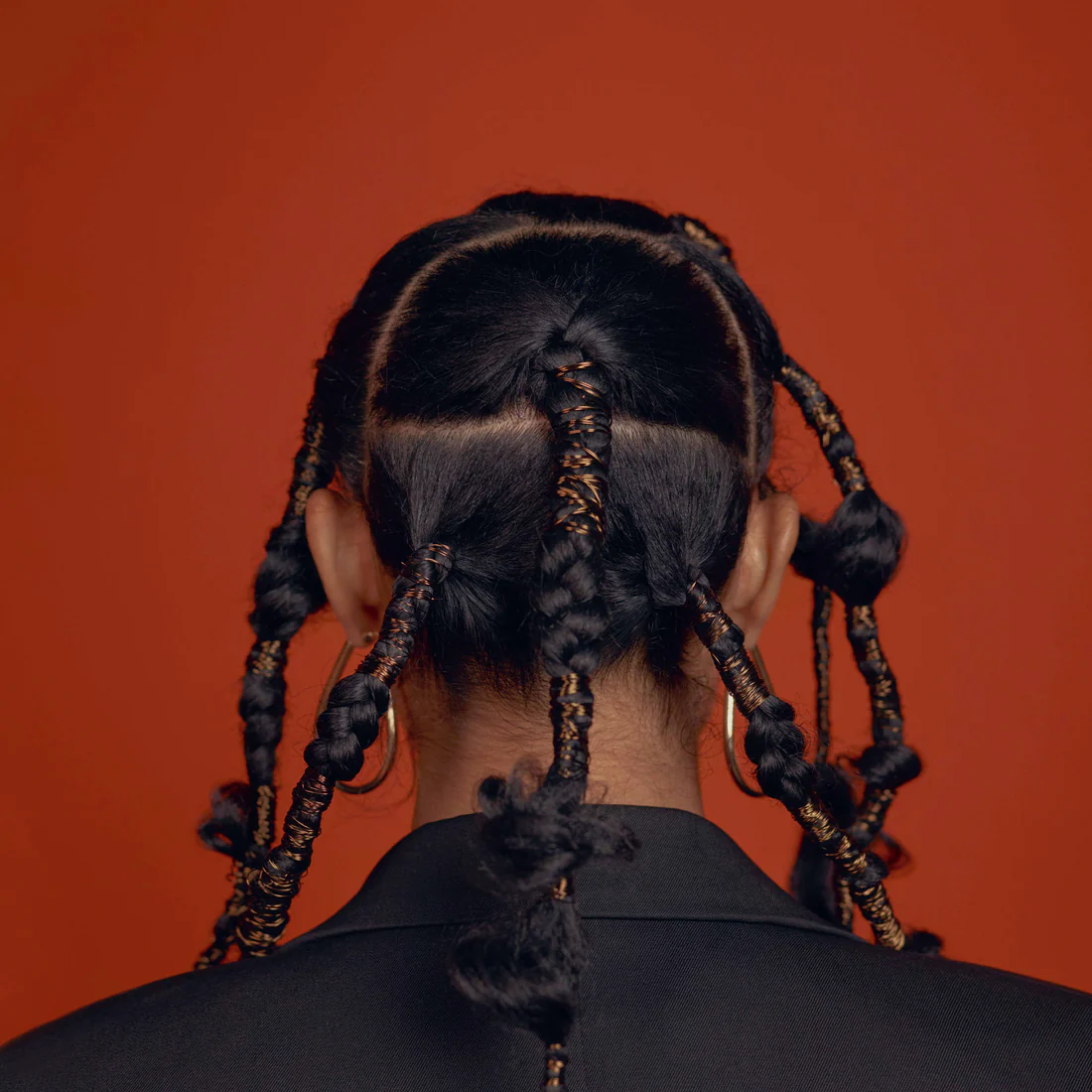
Washing and Conditioning While Braided
Washing your braids is doable but must be done carefully:
- Dilute shampoo with water and gently apply to your scalp and braids.
- Rinse thoroughly, avoiding vigorous scrubbing to prevent frizz.
- Follow up with a diluted conditioner, focusing on your natural hair.
- Rinse well and squeeze out excess water gently.
After washing, let your braids air-dry completely, or use a hooded dryer on a cool setting. Avoid tight headgear while your braids are damp to prevent mildew or bad odors.
Proper care can make your feed-in braids last from 2 to 6 weeks. Consult your stylist for product recommendations tailored to your hair type.
The Duration and Cost of Feed-In Braids
Feed-in braids boast durability and affordability, making them a wise choice for long-term styling. Understanding the potential duration and cost before committing to this hairstyle is important for setting realistic expectations and budgeting accordingly.
Expected Lifespan of the Style
The longevity of feed-in braids can vary based on care and lifestyle. On average, these braids can last anywhere from 2 to 6 weeks with proper upkeep. To extend their lifespan, maintain a gentle care routine and protect the hair at night.
Understanding Pricing Variations Based on Complexity
The cost of getting feed-in braids depends on the intricacy of the chosen style. Simple patterns are generally more affordable, while elaborate designs can be costlier. The length and thickness of the braids can also affect the price. Always discuss pricing with your stylist beforehand to avoid surprises.
Finding the Right Braider for Your Feed-In Braids
Choosing the right braider is crucial for achieving the perfect feed-in braid look. You want a professional who brings expertise and care to the process. Here’s what to consider when on the hunt for the ideal braider.
Qualifications and Experience to Look For
When looking for a braider, consider their qualifications and experience. Look for a portfolio of their work. A good braider will have a variety of styles to show. Check for reviews from past clients. Positive feedback is a good sign of their skill. Make sure they have experience with feed-in braids specifically. This kind of braid requires special technique. It’s important that the braider knows exactly what they’re doing.
Consultation Tips Before Committing to a Braider
Before you commit, book a consultation with the potential braider. Use this time to ask questions. Discuss your hair type, scalp sensitivity, and desired look. Check that they understand what are feed-in braids and if they can tailor their technique to your needs. Find out about their maintenance tips. This ensures they can guide you in keeping your braids looking fresh. Also, talk about the cost. This avoids any surprises when it’s time to pay. A good braider will be transparent about prices.
Selecting the right professional for your feed-in braids is key to a great braiding experience. Take your time to research and choose the best braider for you.
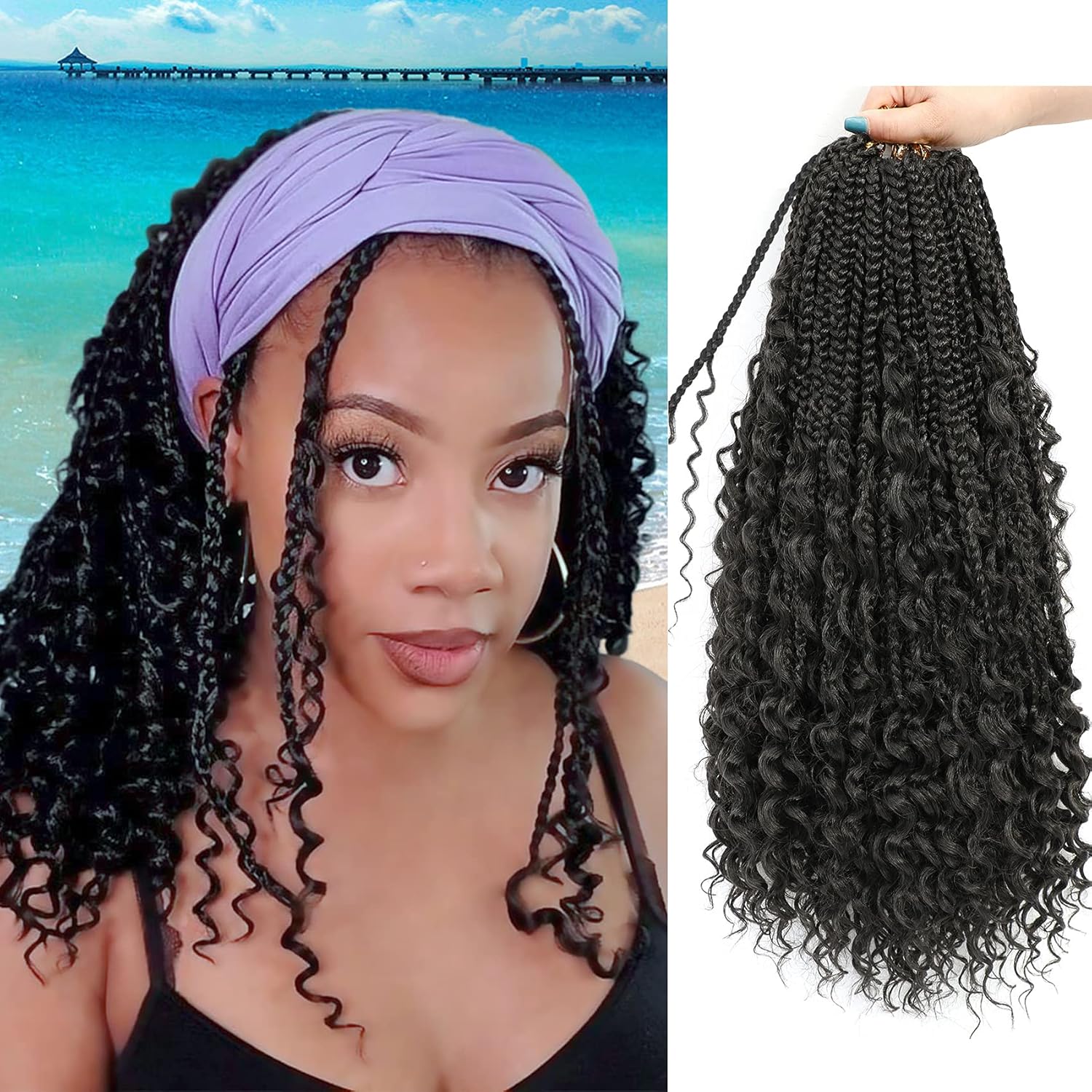
Popular Feed-In Braid Hairstyles
Feed-in braids have taken the fashion world by storm, offering endless versatility and style. These braids fit a range of occasions, from casual outings to formal events.
Different Styles for Various Occasions
Feed-in braids can be styled to match any event. For a relaxed look, side-swept braids are perfect. They give a casual yet polished appearance. If you’re heading to a formal occasion, try an elegant updo with feed-in braids. They provide a sophisticated twist to the classic bun or ponytail.
For the office, neat and simple straight-back braids convey professionalism and style. Meanwhile, for a fun day out, consider whimsical designs like heart-shaped braids or zig-zag patterns. These playful styles stand out and express your creative side.
Incorporating Accessories for a Personal Touch
Adding accessories to feed-in braids enhances their beauty. Beads and rings are popular choices that add a pop of color and personality. Hair cuffs and strings can also be woven into braids for a unique touch.
For a subtle sparkle, try threading thin wire or tinsel through your braids. This can create a glimmering effect that catches the light beautifully. If you prefer a more natural look, incorporating flowers or natural elements can give your braids a bohemian vibe.
Remember, accessories should complement your style without overpowering it. Choose ones that suit the occasion and your personal taste for the perfect finishing touch to your feed-in braid hairstyle.
